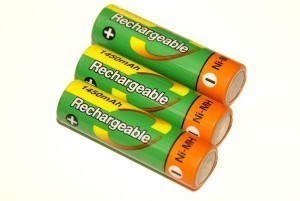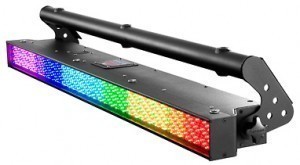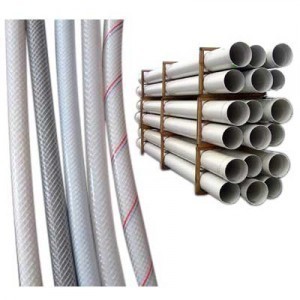Rechargeable Battery Sizes
Many different rechargeable battery sizes are available in the market. The following specifications are for lithium-ion batteries.
Common Battery Measurements (Diameter x Length)
Type 10180 measures 10 x 18 mm; 10280 measures 10 x 28 mm; battery 10440 has dimensions of 10 x 44 mm and 14250 is 14 x 25 mm. Battery 14500 has dimensions of 14 x 50 while 14650 size is 14 x 65. Batteries 15270, 16340 and RCR123A measure 15 x 27, 16 x 34 and 17 x 34.5 mm respectively.
Battery 17500 measures 17.3 x 50 mm; 17670 measures 17 x 67 mm, 18350 has dimensions of 18 x 35 and 18500 is 18.3 x 49.8 mm. Battery 18650 has dimensions of 18.6 x 65.2 while 19670 is 19 x 67 mm. Rechargeable battery sizes for 25500 and 32600 are 24.3 x 49.2 mm and 32 x 61.9 mm respectively.
Characteristics
A rechargeable battery is a battery that may be used repeatedly. This is possible because it can be recharged. These devices stock up energy which is used when running the battery. Sometimes the battery is called a secondary cell. This in reference to non-rechargeable batteries which are called primary cells.
How Recharging Works
All batteries go through electrochemical changes after discharging. These changes cannot be reversed in a primary cell battery. Secondary cells have the ability to reverse these changes. This makes recharging possible. A recharged battery can be used again.
Secondary cells are also able to reverse reaction numerous times. That is how it becomes possible to recharge a battery. However, repeated charging reduces its efficiency. Poorly made secondary cells are also susceptible to leaks. In the worst case scenario, the battery may explode.
Application
These batteries were initially used for cars. Since that time though, their use has expanded. These batteries are now used power tools, mp3 players, digital cameras, videocams, cell phones, laptops and various electronic gadgets. In fact, many gadgets are made to use only these types of batteries.
Other Information
The most common types are alkaline, lithium ion and nickel cadmium (NiCd). Nickel metal hydride (NiMH) batteries are also used, although lithium is surpassing in terms of popularity. These batteries are more expensive than primary cells. But they can be cheaper because they are rechargeable.
As you can see, not only are there many rechargeable battery sizes, but many types as well. That is why it is important to do some research before using any of them.





